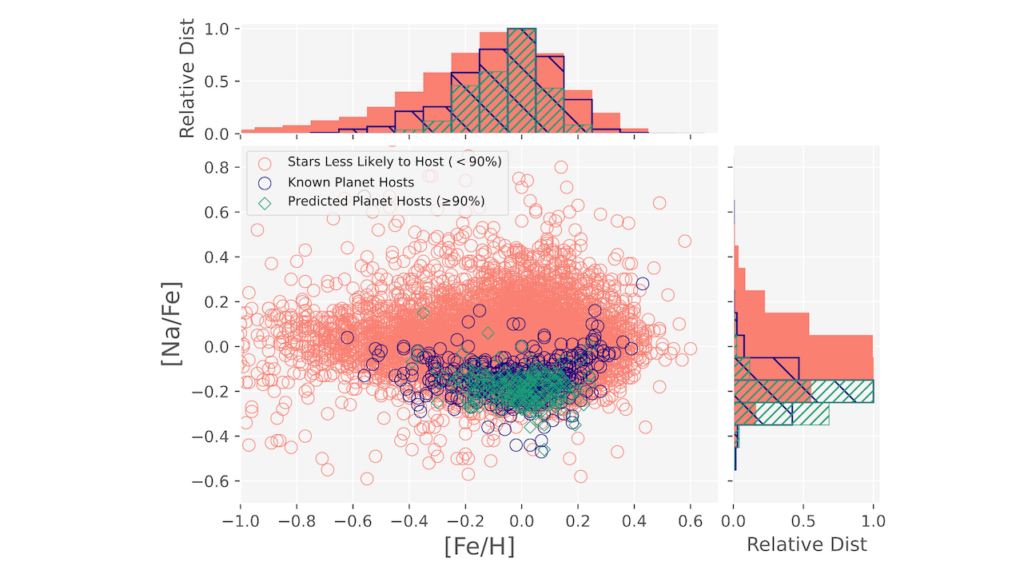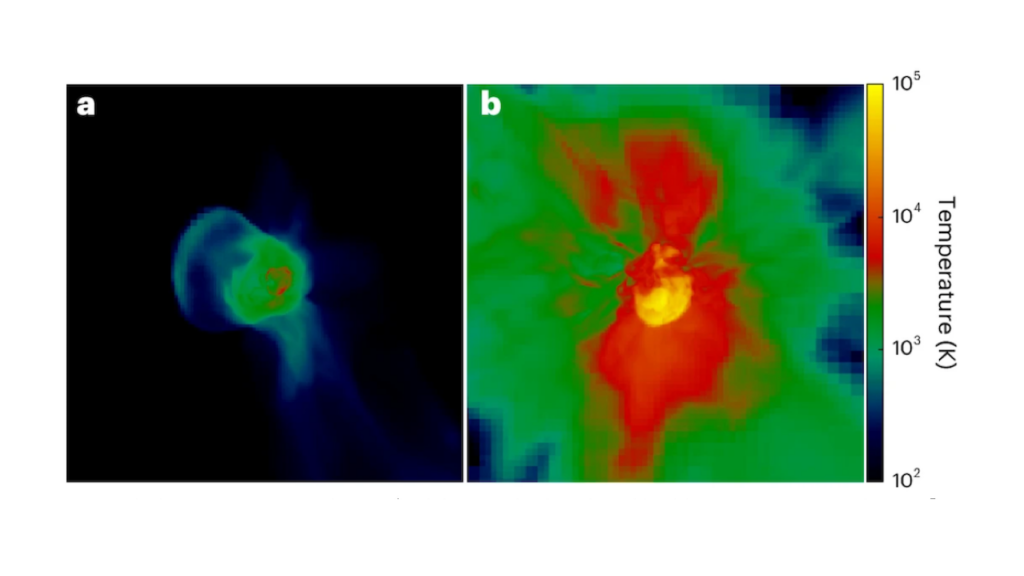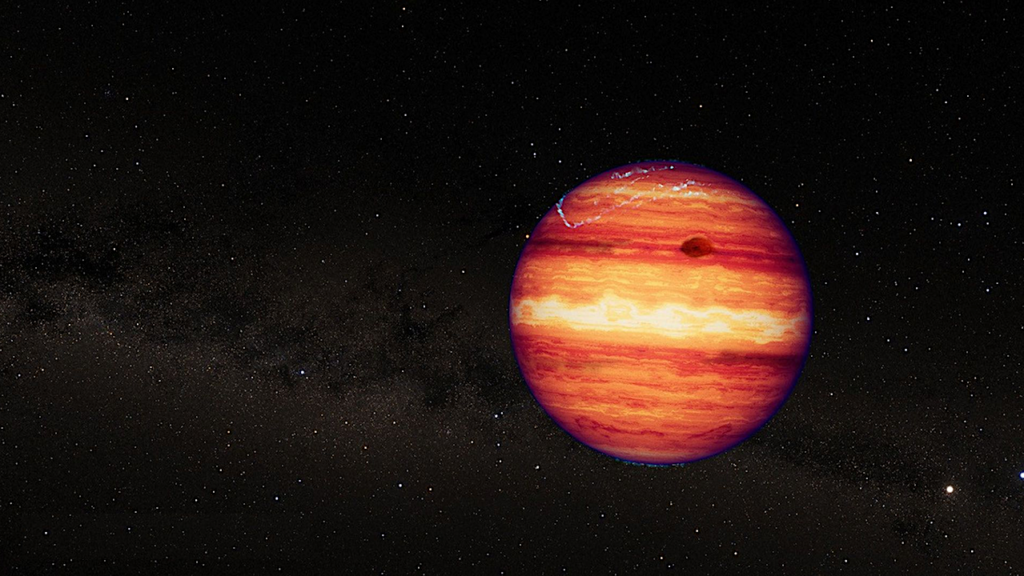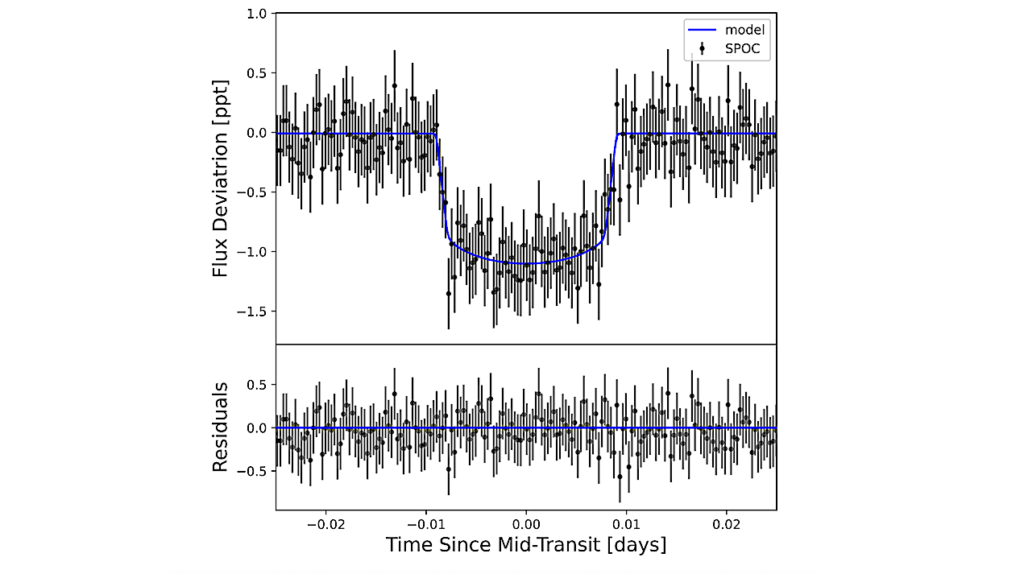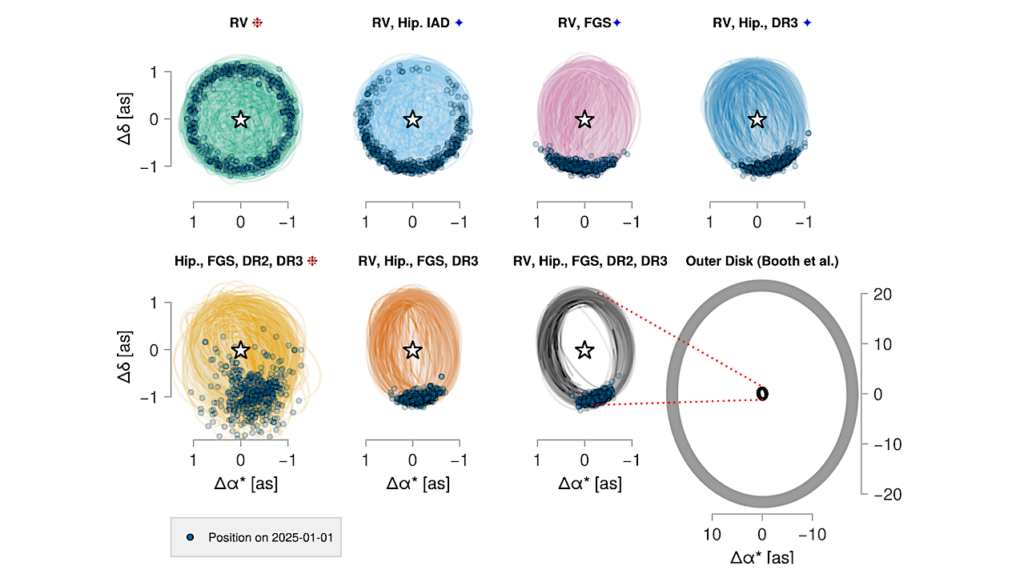Thermal Evolution And Magnetic History Of Rocky Planets
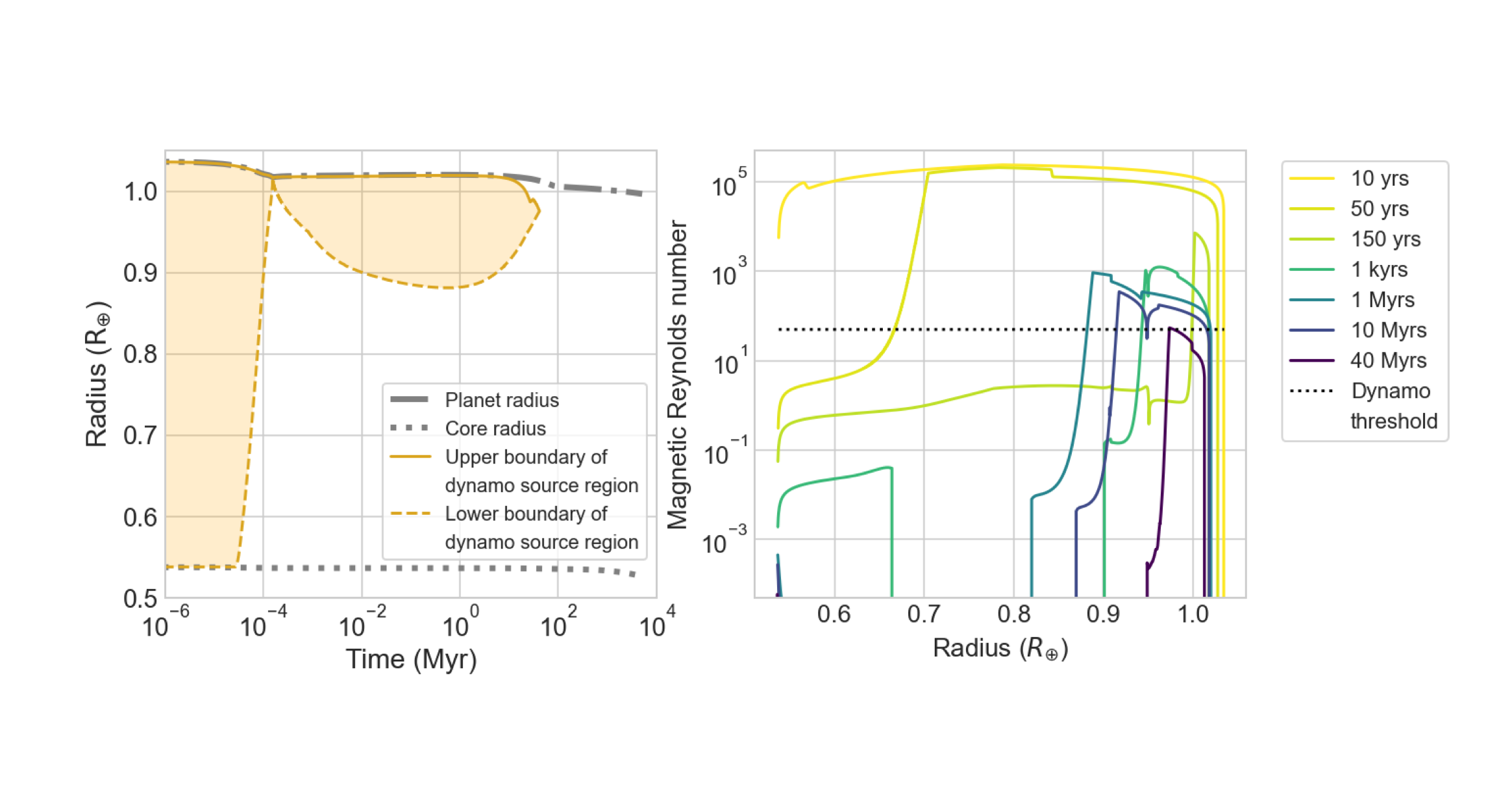
We present a thermal evolution model coupled with a Henyey solver to study the circumstances under which a rocky planet could potentially host a dynamo in its liquid iron core and/or magma ocean.
We calculate the evolution of planet thermal profiles by solving the energy balance equations for both the mantle and the core. We use a modified mixing length theory to model the convective heat flow in both the magma ocean and solid mantle. In addition, by including the Henyey solver, we self-consistently account for adjustments in the interior structure and heating (cooling) due to planet contraction (expansion).
We evaluate whether a dynamo can operate using the critical magnetic Reynolds number. We run simulations to explore how planet mass (Mpl), core mass fraction (CMF) and equilibrium temperature (Teq) affect the evolution and lifetime of possible dynamo sources.
We find that the Teq determines the solidification regime of the magma ocean, and only layers with melt fraction greater than a critical value of 0.4 may contribute to the dynamo source region in the magma ocean.
We find that the mantle mass, determined by Mpl and CMF, controls the thermal isolating effect on the iron core. In addition, we show that the liquid core last longer with increasing planet mass. For a core thermal conductivity of 40 Wm−1K−1, the lifetime of the dynamo in the iron core is limited by the lifetime of the liquid core for 1M⊕ planets, and by the lack of thermal convection for 3M⊕ planets.
Jisheng Zhang, Leslie Rogers
Comments: 33 pages, 16 figures. Submitted to ApJ
Subjects: Earth and Planetary Astrophysics (astro-ph.EP)
Cite as: arXiv:2208.06523 [astro-ph.EP] (or arXiv:2208.06523v1 [astro-ph.EP] for this version)
Submission history
From: Jisheng Zhang
[v1] Fri, 12 Aug 2022 22:58:04 UTC (2,455 KB)
https://arxiv.org/abs/2208.06523
Astrobiology,


